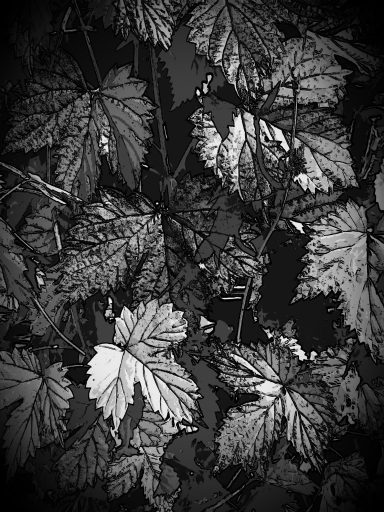Trees of the park, 1-18.
Some of the trees in our park have a numbered QR code attached to them. This is the page that lists those trees in numerical order and by vernacular name first.
Some of the descriptions include old herbal cures and remedies. It is not advised to attempt any of these and please do not ingest anything without taking medical advice. If you are not sure, don't do it!
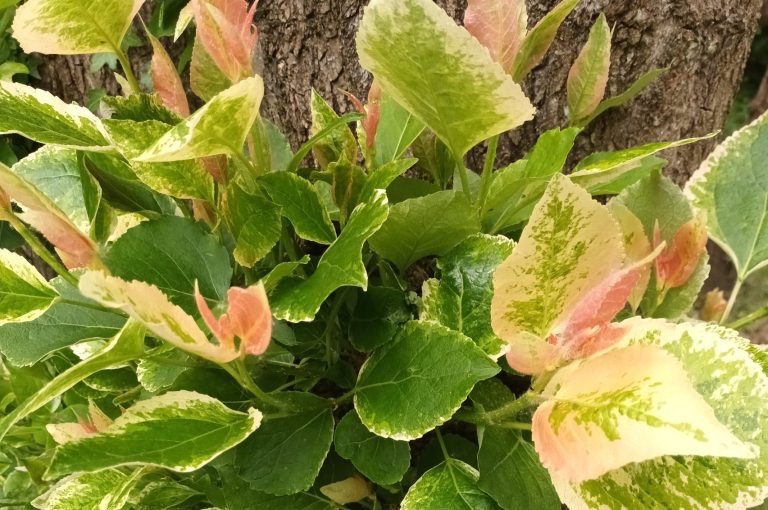
1. Variegated Poplar.
Populus candicans Aurora.
This variegated version of the Balsam Poplar was first introduced in 1920. Like its green leaved cousin the buds and fresh leaves have a balsam like scent to them, especially on warm humid evenings. This tree has been left to grow but would normally have been pruned hard in a garden setting.
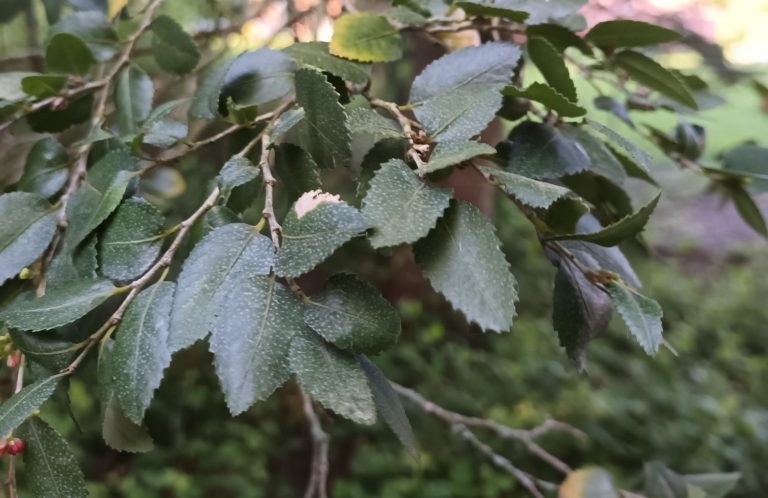
2. Southern Beech.
Nothofagus betuloides.
Neither a Beech tree or a Birch tree which the name "betuloides" refers to. More usually at home in Patagonia where it grows more vigorously than in the British Isles. First introduced into the UK by famed plant collector Joseph Banks in 1769. It is a timber crop in South America. The hard wood used for furniture, ship building and even for making buckets.

3. Grand Fir.
Abies grandis.
The Grand Fir is capable of becoming one of the tallest fir trees in the world. It is primarily planted as a specimen tree but it does also have some medicinal uses.
The resin from this tree can be used in aromatherapy, as an antiseptic and to treat minor cuts and burns. Native Americans would make a tea from the inner bark which is said to ease colds and respiratory ailments.
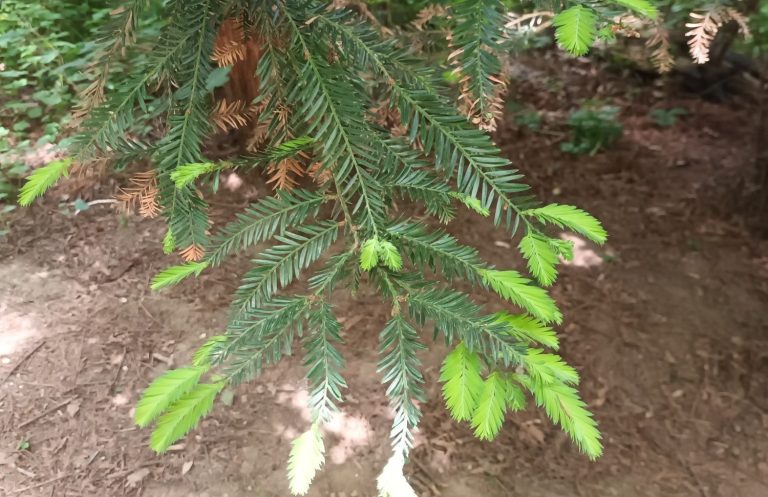
4. Coast Redwood.
Sequoia sempervirens.
A close relation to the Giant Redwood that we also have here in the park. The coast that it comes from is the West coast of California, where they are some of the tallest trees within the United States. Usually planted as a specimen tree in the UK it is a useful timber being used in large construction projects such as barns, buildings and ships.

5. Common Lime.
Tilia europaea.
Not common at all but a hybrid of Large and Small leaved Lime trees. The wood is strong and light, favoured by wood turners and carvers. Used to make piano keys, hop poles and kitchen utensils amongst other things. The bark was used for rope making and the flowers for making a herbal tea. The tea is said to calm the nerves, aid sleep, cure digestion, reduce inflammation and even act as a pain reliever.

6. White Fir.
Abies concolor.
Another tree that is more usually found in the Western United States, this time in the mountainous regions.
Like many other fir trees the native Americans used the inner bark to treat skin conditions and even tuberculosis. The outer bark being used to cover lodges and for making canoes.
The needles tend to grow upright and have clear white stripes on their undersides.
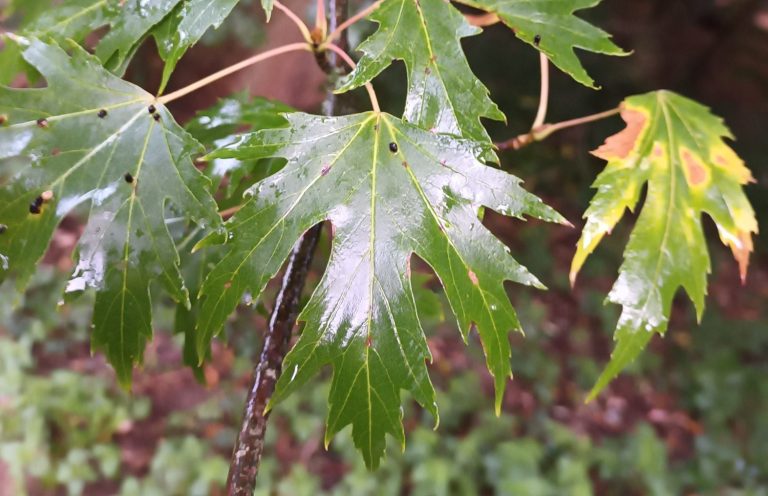
7. Silver Maple.
Acer saccharinum.
Not to be confused with the Sugar Maple (Acer saccharum)of the Canadian flag which is a simpler, bolder leaf. Though this Maple will produce a similar sugary sap it is not prolific in the syrup industry.
In its native North America the sap was used to make an alcoholic drink and medicines. The bark and twigs used to make a blackish dye. It is a vigorous growing tree and was associated with strength and fortitude.

8. Giant Redwood.
Sequoiadendron giganteum.
In its native California this tree is considered to be endangered. There are now more Giant Redwoods growing elsewhere in the world than in its ancestral home. Despite its huge size these trees are not necessarily the tallest but they are the most massive in the true sense of the word. The Giant Redwood was introduced into the UK in 1853. Though difficult to age it is likely that the biggest Redwood in the park dates back to the early 1900's.
The Giant Redwood is an important tree in native American culture. It is considered a spiritual being as much a part of the people as it is the environment. To cut down such a tree would be considered an act of violence.

9. Italian Alder.
Alnus cordata.
A tree that loves damp and soggy places. All the time its timber is wet it is very strong but let it dry and it becomes brittle and rots easily. It is said that Venice was originally built upon piles made from Alder.
It is a very useful tree. The wood burns with great heat and was used in fires in which to forge weapons and in gunpowder production. The leaves and bark can be used to cure sore throats, skin complaints and reduce swelling.
It is a deciduous tree which bears cones, the only native British deciduous tree that does this. The cones can be used to make a black dye and the leaves to make a green dye. Supposedly the same dye that Robin Hood used to dye his green clothes.
There are also many Common Alder (Alnus glutinosa) around the park.

10. Hawthorn.
Crataegus monogyna.
Hawthorn grows pretty much everywhere in the British Isles. Commonly seen growing as a hedge along our country lanes where it flowers profusely in the Spring. Hence its other common name of May flower.
The timber is fine grained and hard which makes it ideal for making tool handles. It is also a popular choice of wood for cabinet making, turning and veneers. Hawthorn is widely used in the production of charcoal.
Hawthorn was a tree of fertility in pre-Christian times and is still strongly linked with May day celebrations and the legend of the green man. It is thought that the May pole originates from the Hawthorn tree. The scent is not necessarily the most pleasant and it is considered bad luck to bring May flower into the home.

11. Hazel.
Corylus avellana.
One of the most common trees in Britain but what a superb tree it is! Used to make poles, fences, baskets, shepherds crooks and in thatching and charcoal production.
It is a tree with huge connections to our ancient folklore. The nuts being lucky charms but also associated with knowledge. The Hazel is a tree favoured by fairies and druids alike, to carry a Hazel rod will ward off evil spirits. Hazel twigs are often used in water divining.
Hazel nuts were once an important part of the rural diet. The nuts could be eaten, stored or used to make a type of bread. A cultivated variety of Hazel nut, the Filbert now grows in the Country Park Community Orchard.

12. Caucasian Walnut.
Pterocarya fraxinifolia.
Quite an unusual tree and one that must have been put in place by someone who knew what it was and liked it! Initially I assumed that it was a later addition to the park but a dating of the tree suggests that it is one of Mr Goldring's original choices.
It is a relation of the Walnut, its mouthful of a name meaning "winged nut that looks a bit like an Ash tree". Fraxinus being Ash.

13. Silver Birch.
Betula pendula.
A familiar sight right across the British Isles. The Birch is a coloniser tree, one of the first trees to take hold on uncultivated ground. One of the most graceful of our native trees with pendulous branches, bright green leaves and of course the bright white bark.
A tree of myth associated with fertility, purification and re-birth. The twigs can sweep away evil and were often used for the brush part of a besom. The Gaelic name for this tree was "Beithe" (Bey) which translates as shine bright.
Collect the sap in Spring as one would collect sap from a Maple to make Birch Wine.

14. Sycamore.
Acer pseudoplatanus.
Although the Sycamore grows pretty much everywhere it is not a true native tree. Most likely introduced by the Romans as a source of timber but possibly introduced as late as the 1500's.
The timber is hard, strong and with a fine grain which makes it popular for making furniture.
Across Europe the tree has a various links with folklore and belief. In particular, Norse godess of love Freya and fertility. It is also said to be the link between the underworld, earth and heaven. The later suggesting a link to Christianity. The Sycamore is mentioned in the Bible though was more likely to be Ficus sycomorus, a type of fig grown in the Middle East.

15. Goat Willow.
Salix caprea.
There are a variety of different willow trees and around the country their vernacular name differs. Most people will know the name of "Pussy Willow".
Salicylic acid (from Salix) is a compound found in the bark and twigs of willow. It is an important part of the drug Aspirin. Plant lore tells us to chew willow bark to relieve headaches and pains, way before the chemists came along in 1827! People have been using willow for this purpose for thousands of years.
Willow is a useful craft tree, used for weaving and making baskets, fences and of course cricket bats.

16. English Oak.
Quercus robur.
The English Oak grows all over Europe but there are more ancient oak trees in the UK than in any other part of Europe. The oak is entwined with British folklore and is associated with strength and durability. Royal Navy ships were famously built of English Oak, no wonder that "Hearts of Oak" is the anthem of the Royal Navy.
The Oak is a sacred tree, revered by druids and associated with the gods Zeus and Jupiter. It is part of the green man lore and connected to royalty. Ancient kings and Roman Emperors often wore crowns of oak.
The acorns may be used to make a type of bread, tannin from the bark is used to tan leather as well as various medicinal uses from the leaves and bark.

17. Scots Pine.
Pinus sylvestris.
One of only three conifers native to the British Isles. As its name suggests it is more at home North of the border where it is the mainstay of the Caledonian Forest.
The high resin content of the timber resists decay and was therefore a favourite of ship builders, especially for masts and spars.
The Scots Pine is associated with fertility, long life, prosperity and good luck. The needles are high in vitamin c, needle tea is said to aid catarrh and respiratory issues not to mention the ability to treat "despondency, despair and self-condemnation".
In England it is the main food source for the Pine Hawk Moth.

18. Beech.
Fagus sylvatica.
Where Oak is considered king of the forest, Beech is the queen. Ironically the first part of the botanical name refers to Fagus who was a Celtic god not female goddess.
Beech trees can grow to a great height, ours in the park are none too shabby having been planted around the time of the park's inception. The timber is hard and straight grained making it ideal for making furniture, boats, floor boards, musical instruments and more importantly, beer barrels.
The leaves are said to have medicinal qualities. Collect leaves from the tree (not off the ground) to make a tea which will treat boils, piles and various skin conditions. Fresh leaves and nuts, or masts as they are known may also be eaten.
©Copyright. All rights reserved.
We need your consent to load the translations
We use a third-party service to translate the website content that may collect data about your activity. Please review the details in the privacy policy and accept the service to view the translations.
